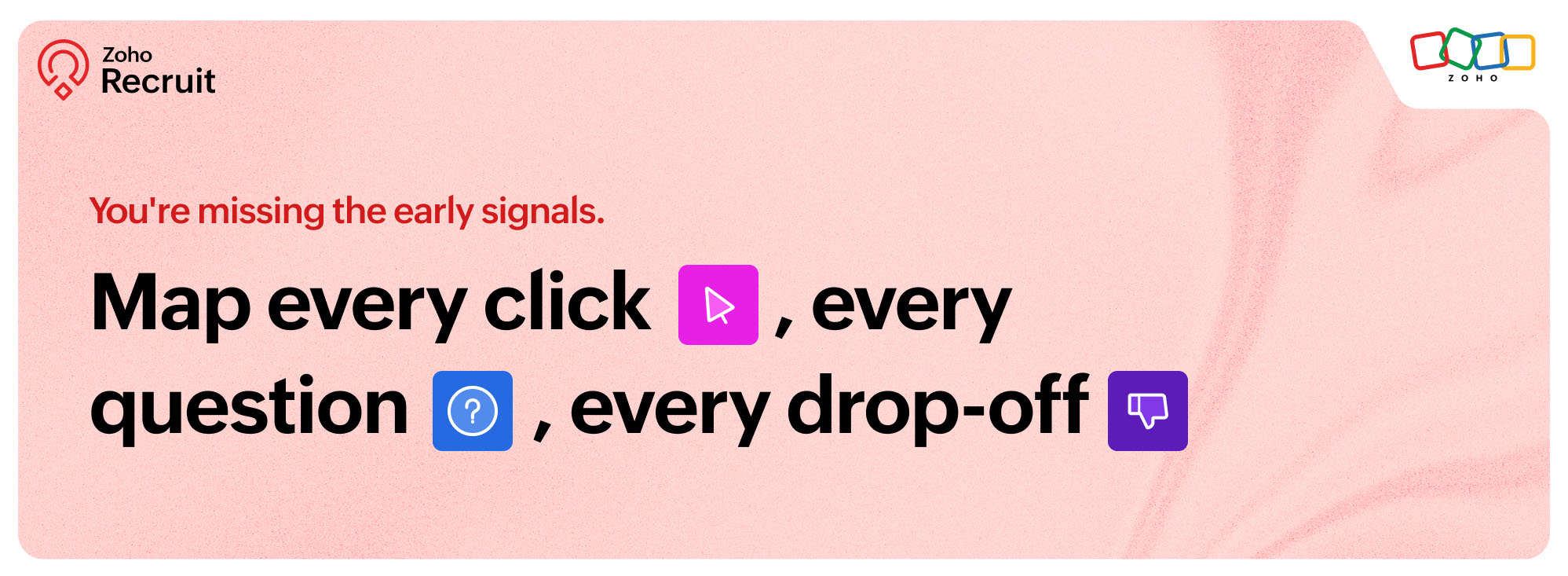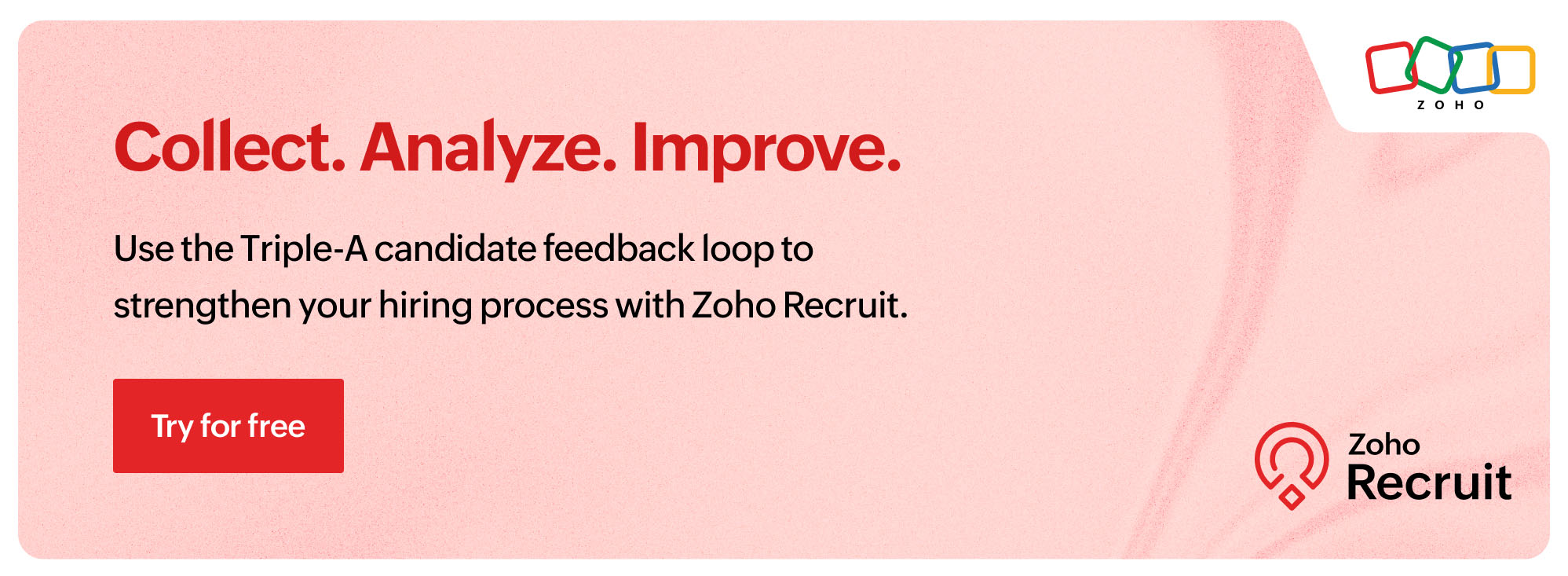Want the full picture? Check out Part 2 and Part 3 of our Triple-A Feedback Loop (TAFL) series.
This is part one of our three-part blog series on turning candidate feedback into smarter hiring decisions—one hiring phase at a time using the Triple-A Feedback Loop system.
It's easy to get caught up in routine hiring tasks, and candidate feedback surveys become the hundredth task on your to-do list. You send them out, check the box, and move on. But they aren't just another formality. When you treat it as an actionable source of input, you're able to improve your hiring systems, starting from the very first click.
The first step in the TAFL is The Awareness Feedback. This stage covers the period when candidates are discovering the job and submitting their application.
Why listen early?
The candidate experience begins long before the first interview. The reasons candidates drop off at this stage rarely reach the recruiter's ears, and first impressions leave a lasting impact.
You risk losing potential candidates from the very first click. You don't want your hiring process to be clunky, messy, confusing, or generic. That's why it's crucial to collect and analyze feedback during this phase, where the drop-off rate is high.
By collecting feedback from early applicants, you:
- Reduce application drop-offs
- Improve the applicant-to-interview ratio
- Increase the quality of your talent pool
- Build trust with the candidates
The earlier you listen, the smarter you hire.

Ask with intention
Start with a nurturing approach. Make them feel valued and understood. A mix of open-ended questions, scaled ratings, and simple yes/no answers works well when collecting structured feedback. Let the questions flow naturally, step by step: Sourcing < Job description < Application < Pre-assessment < Communication
Timing is key
According to Gallup, employees with an exceptional onboarding experience are 2.6 times more likely to be extremely satisfied at their workplace, and this is a key factor in why they stay. Reach out to the candidates before they forget they even applied. Send the candidate feedback survey along with your decision update.
If possible, include the reason for their acceptance or rejection, what they did well, and what they can improve. This adds context, encourages honest, timely feedback, and increases the probability that they’ll apply again when a suitable role opens up.
Analyze for direction
Once you've gathered responses, look for patterns and analyze trends. For example, if 70 percent of feedback mentions the JD is confusing, that's a clear sign it's not working. When problems are identified and laid out clearly, you gain direction. Now, implement solutions that remove those barriers. Rewrite that JD, rework your screening questions, or streamline your hiring systems.
Keep repeating the process until you start receiving higher-quality resumes, building a stronger talent pool, and engaging more effectively with both active and passive candidates.
Copy this framework👇🏼
Use Zoho Recruit and Zoho Survey to customize forms and shape your hiring workflows—from that first click to the right hire. Here is a curated, detail-oriented, and actionable survey which you can use or adapt to your hiring.
Disclaimer: Please do not submit any sensitive or personal data in the survey below. This form is only meant to serve as an example.







Comments